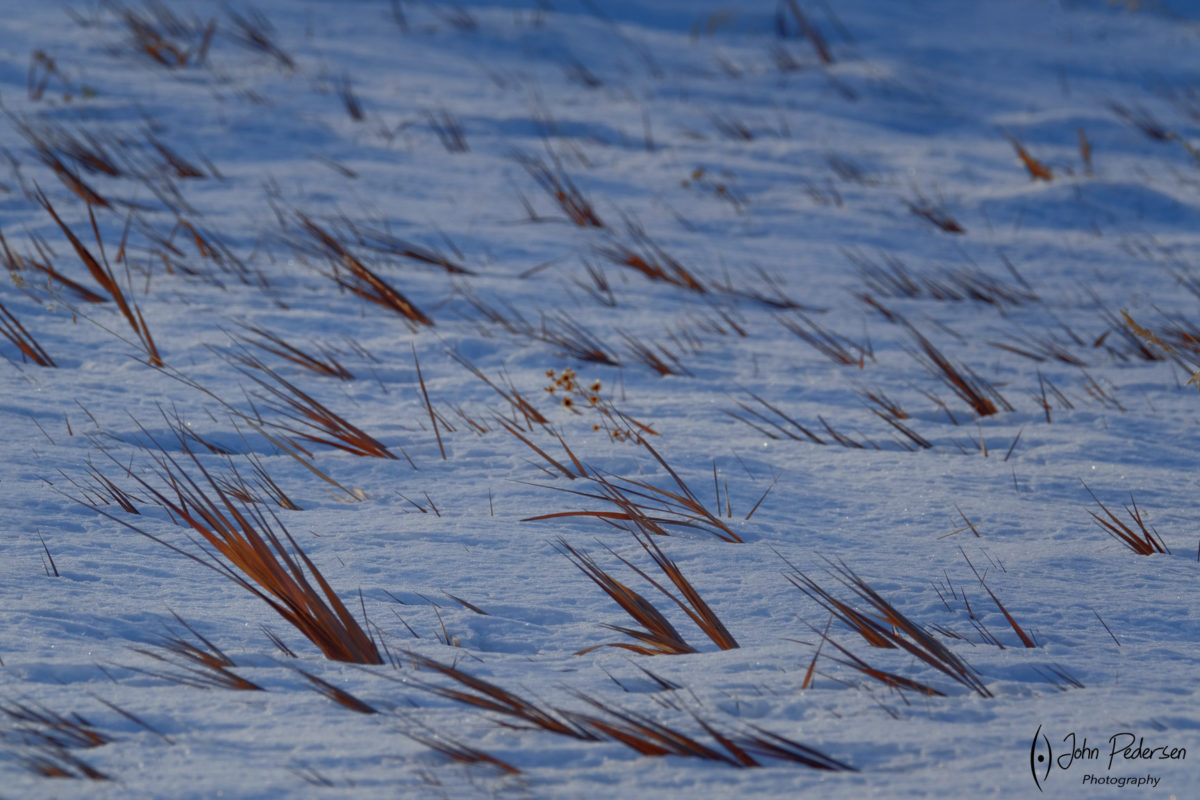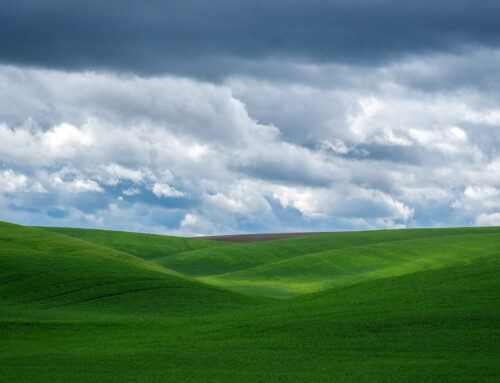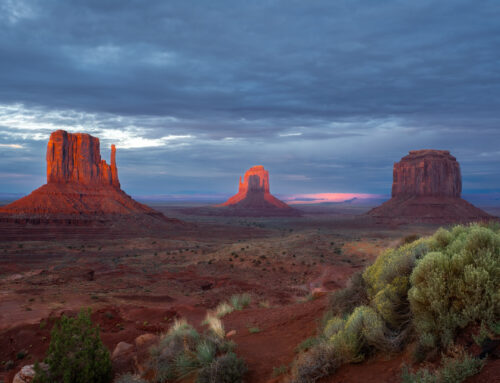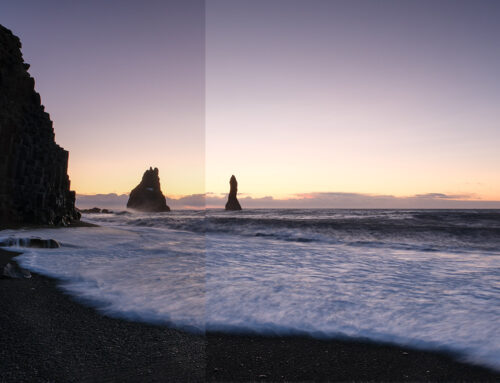As photographers, we are often times trained to look for “subjects” and “stories” for our images and for the most part, there is some truth to that. However, light can also be a subject or a story and after all, what we are doing when we photograph is capturing light on our sensor, so the concept of light is essential to successful photography.
How many times have to traveled to a location with a specific image in mind to shoot but when you got there the light wasn’t “right” for the shot you had envisioned? It happens more than we’d like to admit unfortunately. However, what you can do is let go of that envisioned shot and look around for new shots that are favorable in the given light at that time. I have heard it said, and I happen to agree, that there is no “bad” light. It may be that the light isn’t right for the subject you want to shoot. But guess what? The light is right for shooting something else and it’s up to you to see it and decide if you want to shoot it or not.
Harsh light in the middle of the day? In this light photographers typically put away their cameras. But guess what? There’s even things to shoot in harsh light, or styles to shoot in. Find a shaded area to shoot in more even light. Shoot macro shots in the shade. Or shoot your larger scenes in monochrome or give it a high key treatment. There is always something to shoot.
I was recently leading a photo workshop in the Grand Tetons National Park during winter and one afternoon I led the group up to a grouping of dilapidated cabins once featured in the movie Shane. When we rolled up on the scene there was snow on the ground, the cabins were in their various states of falling down and it was a great scene from a olden time. Even though it was late afternoon, the angle of the sun was such that it was giving off a nice quality of light, not too harsh. I told folks to shoot in both color and monochrome and then decide later on which one they liked, as both would work with the quality of light we had, even at a typically poor time of day for shooting.
As I let the folks work, I wanted to snap off a few frames myself, however, there was nothing inspiring to me about the scene. I have shot it numerous times with much better conditions, so on this day it wasn’t sparking any joy. I left my camera alone and just watched them work, helped when needed, and enjoy where I was.
But a nice thing began happening….I started narrowing my vision to what might be possible in this area. No longer interested in the cabins, I started paying attention to the quality of light, to the snow, to the patterns and textures of grasses, shapes of trees, etc. It was at this time I started feeling that creative spark as there were a multitude of images surrounding me in this warm winters light.
To do what I wanted to do, I ditched my wide angle lens and put on my 100-400mm telephoto lens as I wanted to focus on the details of the landscape around me, not the whole landscape. I started getting really happy when I did this as it narrowed my vision even further. I spent more time composing images than actually shooting them, reveling in the process of composing and fine tuning the image.
One of the images I came away with is below. What drew me to this little scene was the golden grass against the blue snow, the direction of the grass, the texture of the snow, etc. I used a shallow depth of field to keep the viewers focus near the front of the image. Unfortunately the luscious quality of the light isn’t fully represented in this image…I’m still working on how best to process it to bring it out without harming any other aspects of the image, but you get the idea.
There are many other ways to shoot the light….

Middle of the day with “bad” light I decided on monochrome to highlight the drama in the clouds

This isn’t a comp I would shoot normally, but the light rays through the mist made this shot. It’s the LIGHT!

Middle of the day with bad light, I found something to shoot!
There is ALWAYS something to photograph in any given light. Light isn’t good or bad, it just is and it’s up to us as photographers to use the given light to create images that we enjoy. It might not be of the subject we came to photograph, but it can still move, inspire, delight ourselves and others.
As photographers we capture light in our cameras. Learn to read and evaluate it and then develop your skills and toolkit to be able to be successful in any given type of light.
Happy Holidays!
About me: I am a full time photographer based in Portland Oregon. I lead photo workshops in the US and internationally. For more information please visit www.johnpedersenphoto.com





Leave A Comment